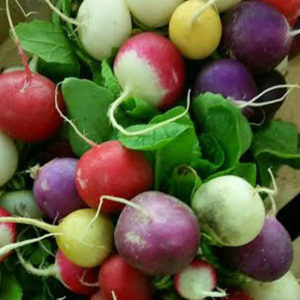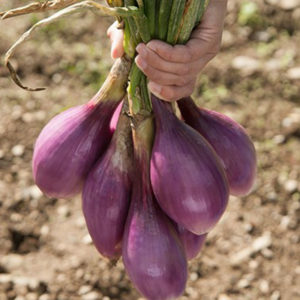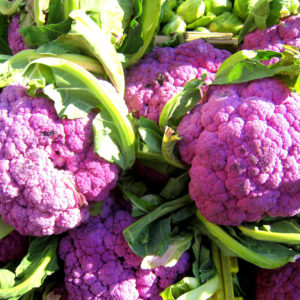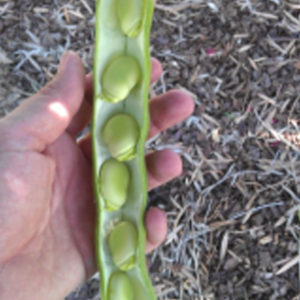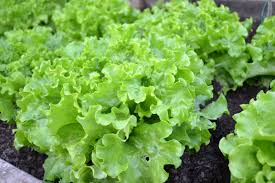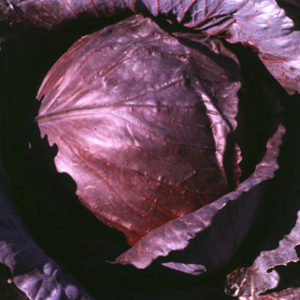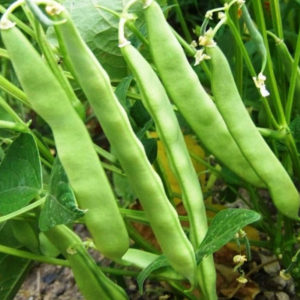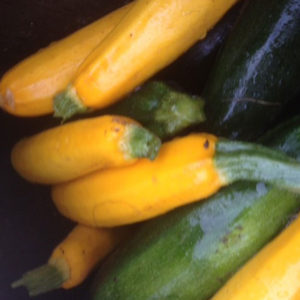-
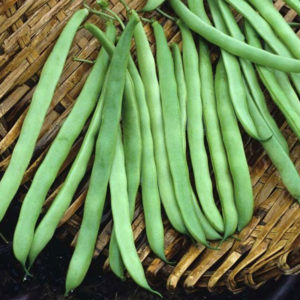 Phaseolus vulgaris This lovely ‘politically incorrect’ bean derives its name for its ease of growing and one of the first stringless beans making preparation much easier…for the housewife nearly 200yrs ago! Tender, productive fleshy broad green climber up to 2 metres. Rare now and needing reviving as its flavour compares well with today's good green bean.
Phaseolus vulgaris This lovely ‘politically incorrect’ bean derives its name for its ease of growing and one of the first stringless beans making preparation much easier…for the housewife nearly 200yrs ago! Tender, productive fleshy broad green climber up to 2 metres. Rare now and needing reviving as its flavour compares well with today's good green bean. -
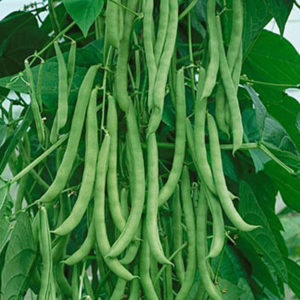 Phaseolus vulgaris Once the most popular bean in the south of America this bean has been first mentioned in 1864 as Texas Pole. A green climber it can grow very tall producing pods up to 20cm long. Fleshy, curved and broad-oval pods with seeds filling to the tip and edge but not crowded. Very reliable, flavoursome, abundant and early maturing. Can be picked fresh or allow pods to dry and save beans.
Phaseolus vulgaris Once the most popular bean in the south of America this bean has been first mentioned in 1864 as Texas Pole. A green climber it can grow very tall producing pods up to 20cm long. Fleshy, curved and broad-oval pods with seeds filling to the tip and edge but not crowded. Very reliable, flavoursome, abundant and early maturing. Can be picked fresh or allow pods to dry and save beans. -
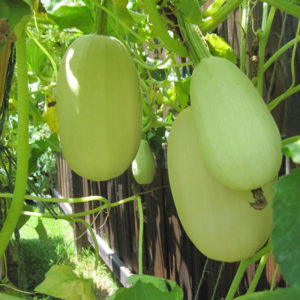 Cucurbita pepo I am often approached by my older customers seeking what they like to call a true squash. And this is the closest I can give them. Lovely flavour especially when roasted. To get the ‘spaghetti’ affect it needs baking. We cut in half, scoop out seeds, fill with eggs, cream, cheese and seasoning and bake first 20mins covered, last 10mins uncovered to crisp the top. Seriously yum.
Cucurbita pepo I am often approached by my older customers seeking what they like to call a true squash. And this is the closest I can give them. Lovely flavour especially when roasted. To get the ‘spaghetti’ affect it needs baking. We cut in half, scoop out seeds, fill with eggs, cream, cheese and seasoning and bake first 20mins covered, last 10mins uncovered to crisp the top. Seriously yum. -
 Barbarea verna Slightly hotter than watercress but a very similar flavour. Does not need water to grow. Often grown for it’s affective deterrent of white butterfly larvae which tend to eat the leaves even though it means their demise. Recommend planting throughout the garden when planting brassicas.
Barbarea verna Slightly hotter than watercress but a very similar flavour. Does not need water to grow. Often grown for it’s affective deterrent of white butterfly larvae which tend to eat the leaves even though it means their demise. Recommend planting throughout the garden when planting brassicas. -
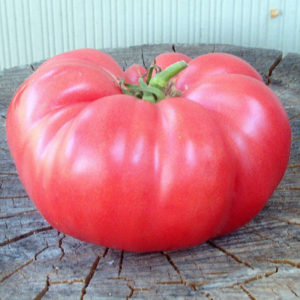 Solanum lycopersicum L. This large tomato was first presented to us by John Grasso at one of our markets. He brought it with both hands saying 'they get bigger than this'. What I didn't realise was how sweet they were. Plant is tall indeterminate type and needs to be staked well especially considering the weight of the fruit!
Solanum lycopersicum L. This large tomato was first presented to us by John Grasso at one of our markets. He brought it with both hands saying 'they get bigger than this'. What I didn't realise was how sweet they were. Plant is tall indeterminate type and needs to be staked well especially considering the weight of the fruit!

